
Department of Botany
Research
Department of Botany contains several working groups, the main of them are
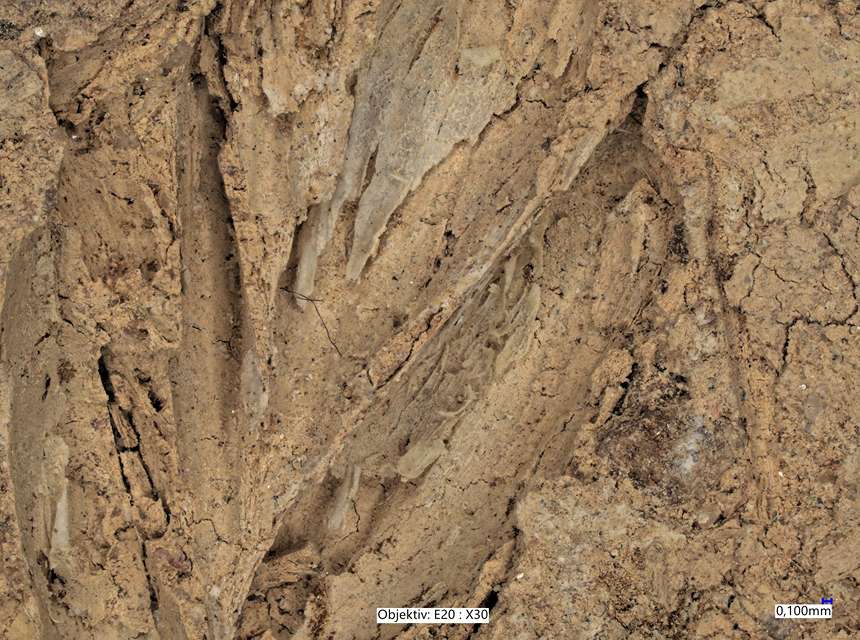
Archaeobotany is a scientific discipline closely related to environmental archaeology. It deals with analysing plant macroremains (mainly plant seeds), and microremains (pollen, phytoliths, starch) and interpreting plant remains within archaeological situations. Typical examples are domesticated plants, based on which social and economic relations in prehistoric and historical societies are reconstructed. The Laboratory of Archaeobotany and Paleoecology (LAPE) conducts research in the Czech Republic, southern Europe and Africa. Other areas of interest are archaeozoology, dealing with animal remains at archaeological sites, and paleoecology, integrating the relationships of human societies with nature in the past.
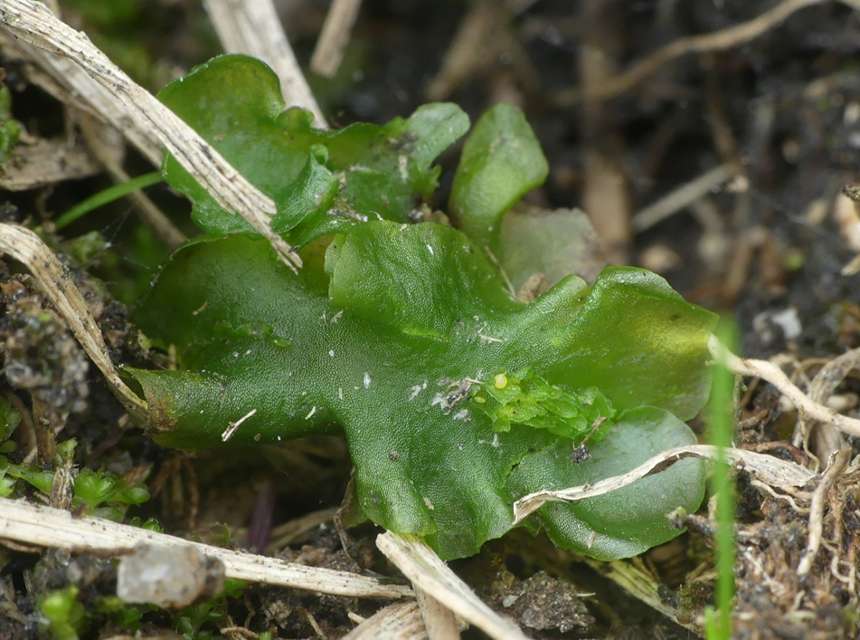
Bryology is a discipline dealing with all aspects of bryophyte biology. Despite their inconspicuousness, bryophytes are the second largest group of higher plants, and are represented in our country by almost 900 species. The bryology group at the Department of Botany is part of the Systematics of Higher Plants, but we also work on ecological topics and are methodologically close to groups that need microscopic methods for their work.
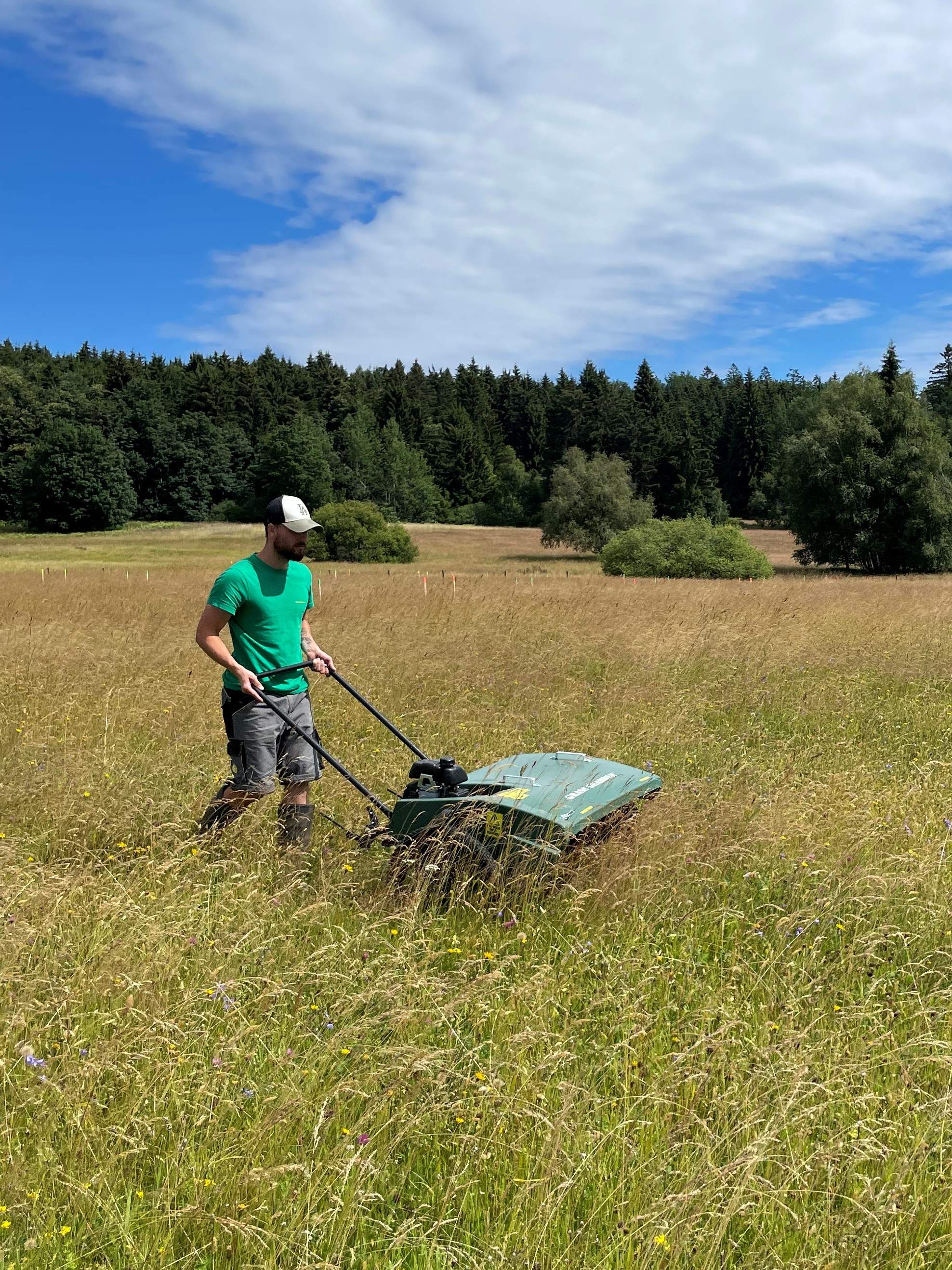
We deal with the ecological restoration of various disturbed ecosystems, especially post-mining sites (various quarries, sand pits, extracted peat bogs, spoil heaps, tailings, etc.), but also the restoration of meadows, abandoned fields, forests or wetlands.
We focus in particular on the use of spontaneous succession, which relies only on natural processes. More recently, our research has also focused on assisted succession, e.g. using large herbivores or regional seed mixtures to restore degraded habitats. We combine botanical results with findings from other disciplines, e.g. entomology. The research results are published in leading international journals. The broader goal is to properly popularise the field, to promote it to the professional public and practitioners, and to positively influence national policy and the development of departmental laws and guidelines.
Restoration ecology combines ecological theory and practical applications aimed at restoring disturbed, degraded, or even destroyed ecosystems. It is a relatively young scientific discipline with great prospects, which allows for an active link between science and practice. The České Budějovice restoration group belongs to the leading European teams in this field and the only one in the Czech Republic.
The working group is an informal body at the Department of Botany, Faculty of Science, University of South Bohemia in České Budějovice connecting people dealing with the topic of restoration ecology. It brings together staff and students of the Department of Botany and people from other departments and institutions (Universities, Institutes of the Academy of Sciences of the Czech Republic, NGOs, and other public and private institutions).
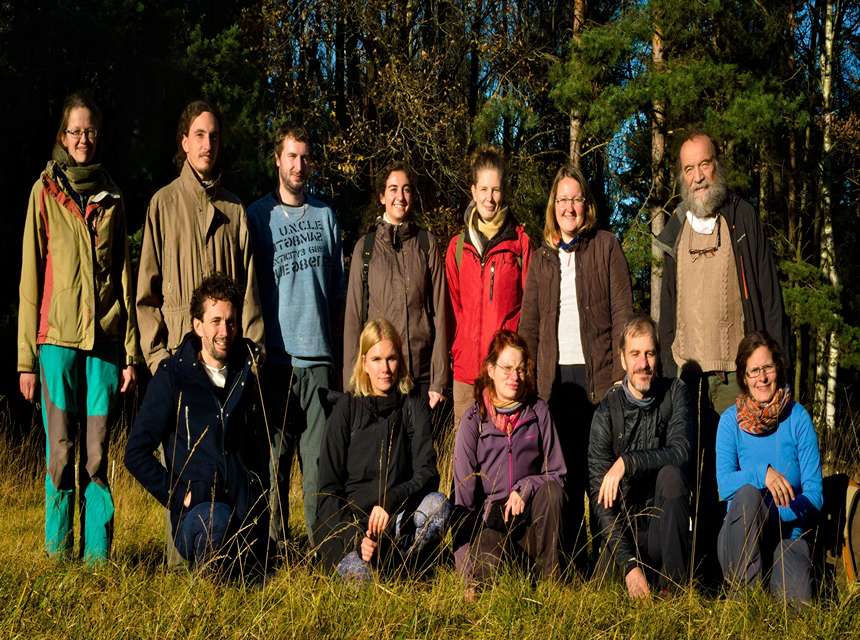
This group is generally interested in the mechanisms underlying the origins and maintenance of plant biodiversity, particularly in species rich semi-natural grasslands, and the contribution of this diversity to the provision of multiple ecosystem functions. The members of the group teach several courses at our university, both for Czech and international students. Since 2011, Šuspa (Jan Lepš) organizes each autumn in an odd year (e.g. 2021, 2023) Quantitative Ecology Module and together with Petr Blažek, they are behind the two years English Master program in Ecology (taught in English). Our research is motivated by the need to improve and deepen the knowledge of biodiversity distribution through space and time and the mechanisms behind these patterns. Over the past several years evidence has accumulated that clearly demonstrates how viewing plant assemblages through the lens of functional traits of species can yield important new insights into the way by which species assemble into communities and coexist in time. Moreover, functional traits directly reflect the way by which plant species interact with other trophic levels (with cascade effects on herbivory and decomposing organisms) and affect an important array of ecosystem functions (productivity, invasion control, nutrient cycling, pollination, etc), with direct consequences for the multiple ecosystem services provided by species-rich ecosystems.
We focus our research specifically on the mechanisms of species establishment (gap dynamics, influence of reproductive and clonal traits), species interactions (competition, facilitation, hemiparasitism), local adaptation (phenotypic plasticity and heritable epigenetic) by studying a variety of plants traits, both above and below ground. We combine extensive field experiments, including long-term research sites, with experiments in greenhouses and growth chambers to assess how changes in functional traits affect species coexistence and a variety of ecosystem functions.
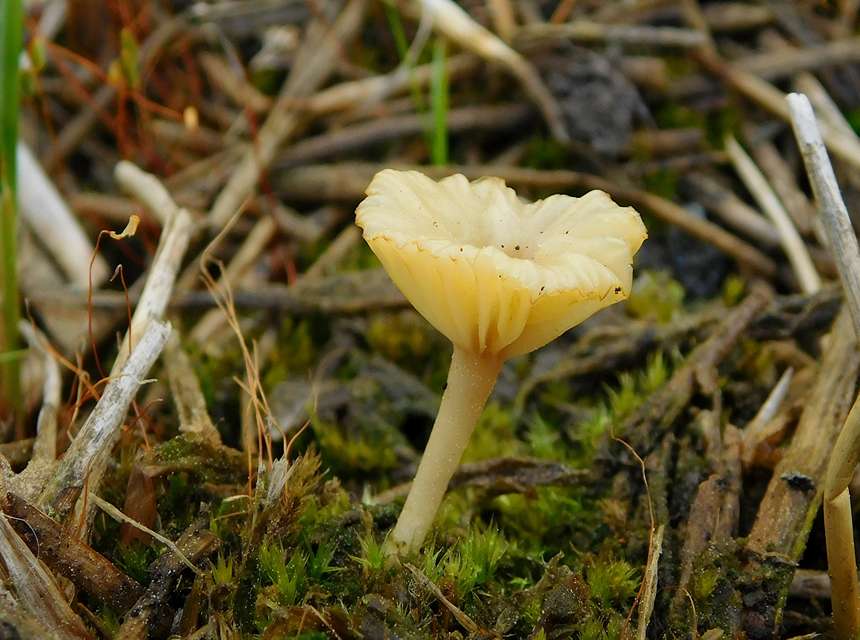
Fungi are an extremely species-rich group of organisms that play an irreplaceable role in nature, especially as decomposers, symbionts (mycorrhizal fungi, lichens) and parasites. About 150,000 species of fungi and lichens are currently known for science, the actual estimate is 2.2-3.8 million. Most of the species have not yet been described and for most of the described species we know little about their ecology and distribution. Every living organism interacts with fungi in some way, and organisms of macroscopic size contain entire fungal communities. Therefore, any change in valuable habitats brings with it a change in the fungal communities associated with them, and rare species of fungi and lichens may disappear.
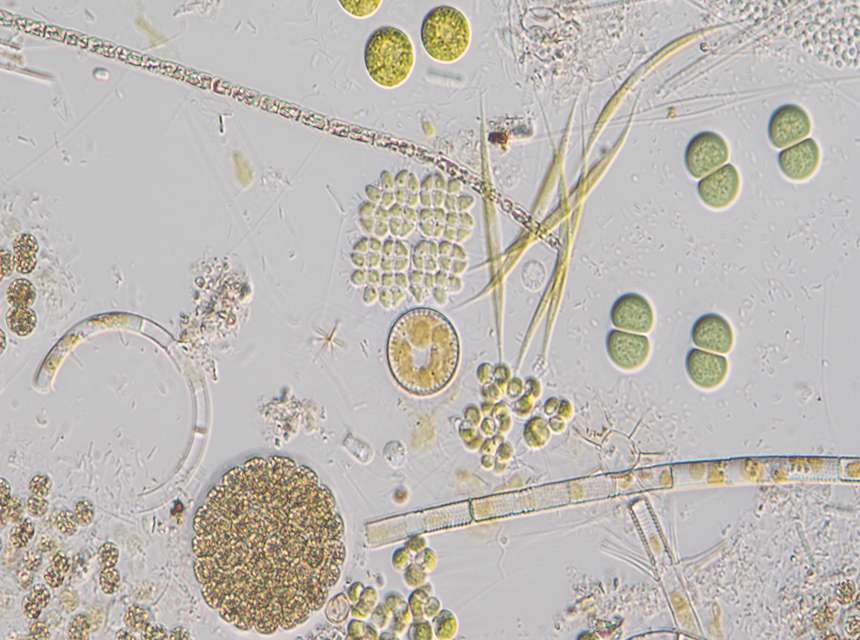
Algology or also phycology is focused on the study of cyanobacteria and algae in all their habitats - from hot to cold deserts, from Třeboň ponds to tropical forests. In our laboratory, we mainly focus on the phylogeny and ecology of Cyanobacteria and Euglenophyta, but we also work with stoneworts (Charophyceae; in cooperation with nature conservation authorities) or diatoms (Bacillariophyceae; especially in cooperation with forensic research with the Criminalistics Institute). We combine field work in waters and on rocks with work at optical or electron microscopes and in the molecular laboratory.
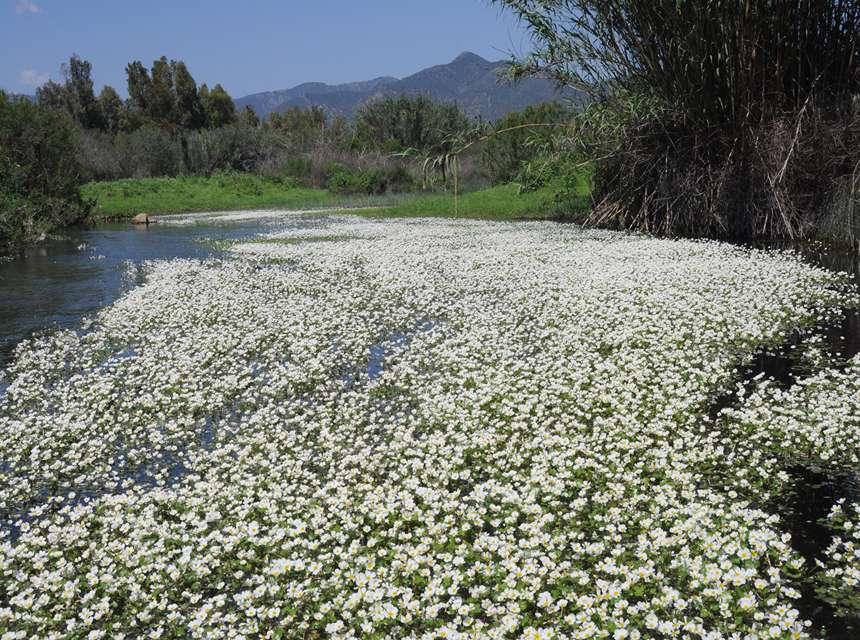
What determines the morphological and genetic variation of plants, as well as their distribution? We study evolutionary processes (e.g. hybridization, polyploidy, origin of species), plant reproduction, and the traces of historical events (such as alternation of ice ages and interglacials). We try to link the individual approaches. We also focus on threatened species and nature conservation. We work in the field across Europe, as well as in the molecular lab.

